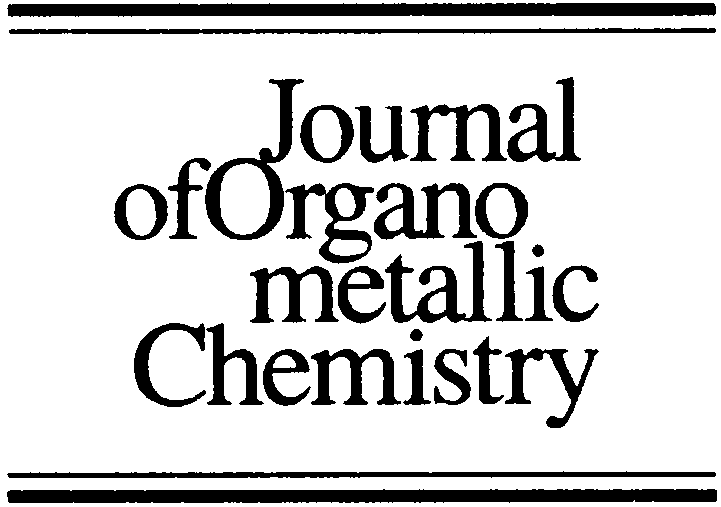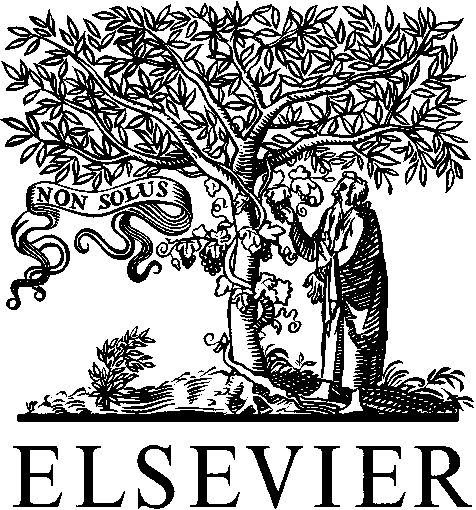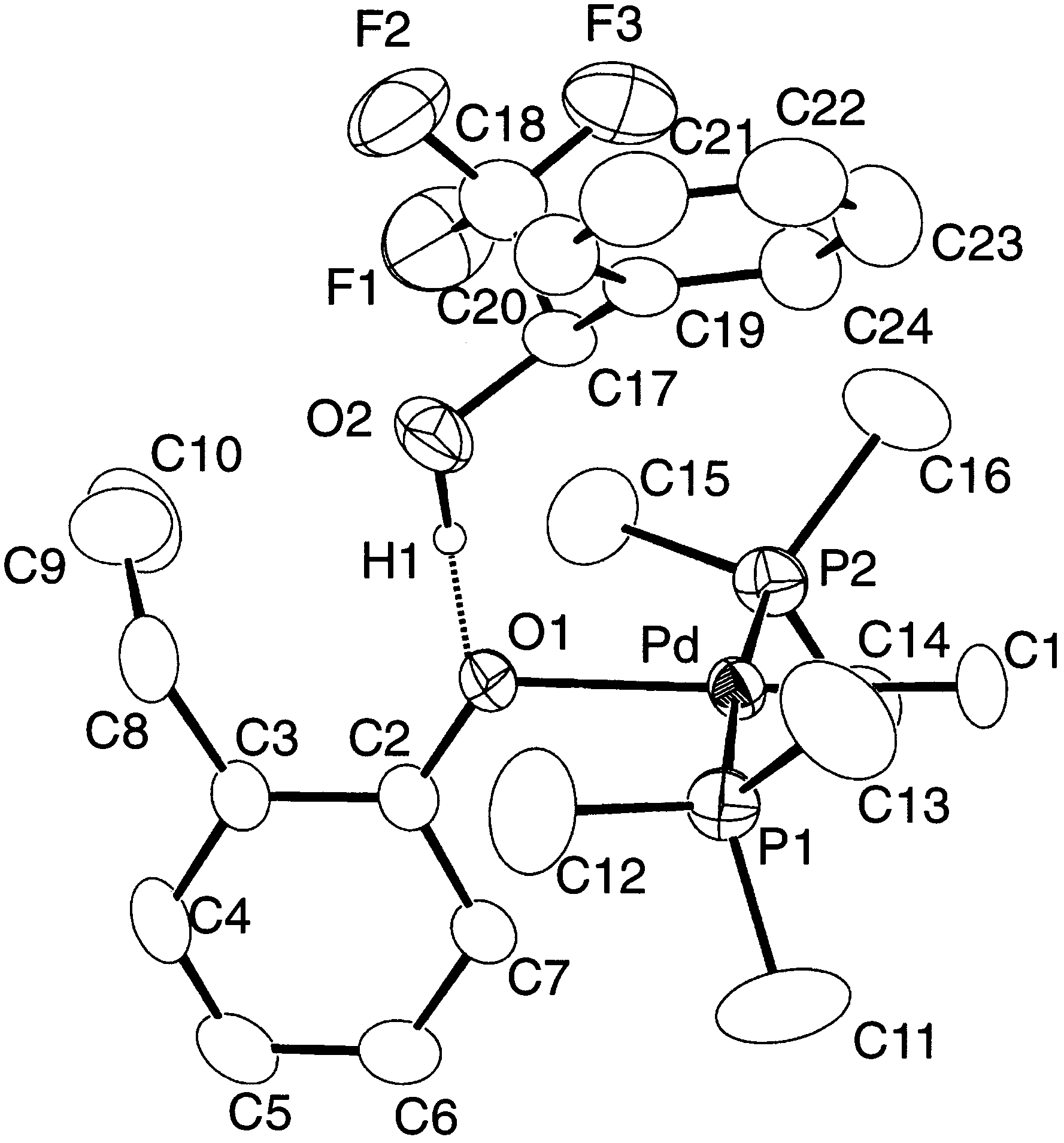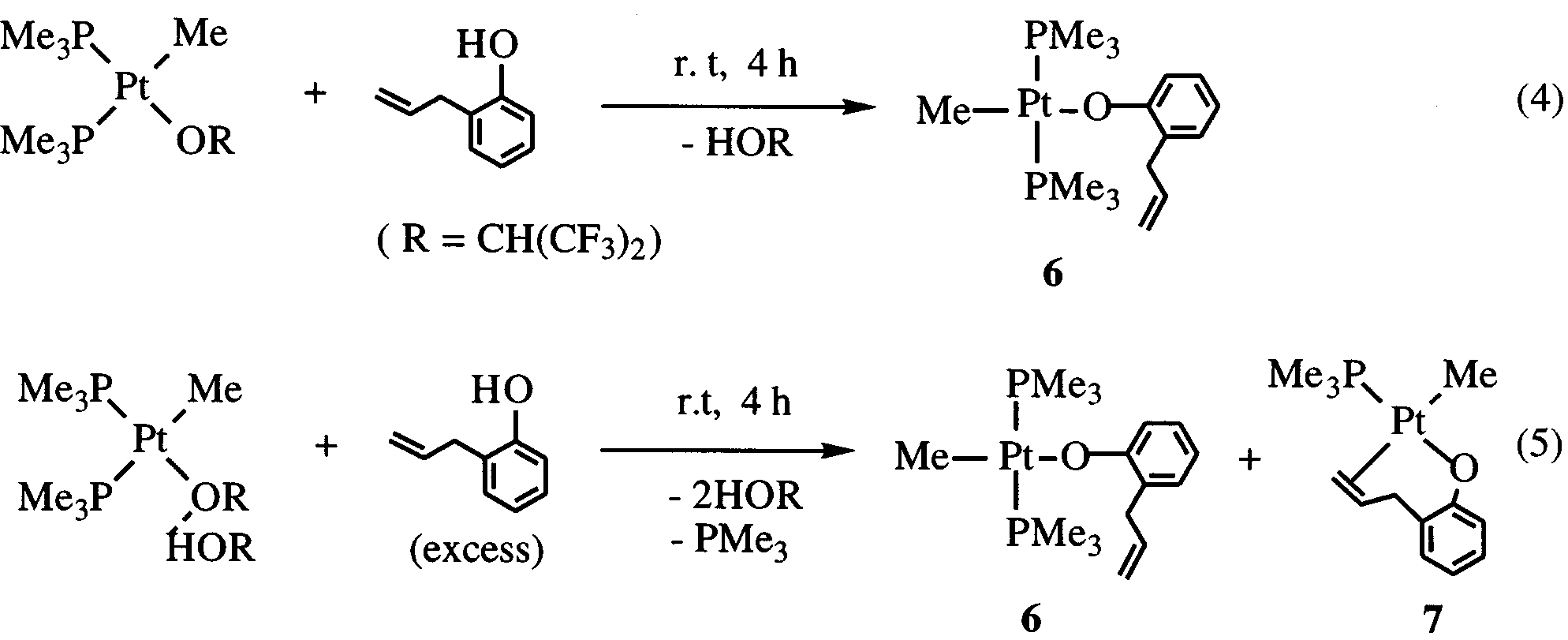Financial express : quick view
http://www.financialexpress.com/printer/news/713258/ Quick View Cadbury to launch more premium chocolates Cadbury India will launch more premium chocolates in the local market. “One of our strategies is to launch more premiumchocolates in the Indian market,” managing director Anand Kripalu said on Thursday. “At the other end of the spectrum, wealso want to tap the rural market and

 Journal of Organometallic Chemistry 558 (1998) 41 – 49
Synthesis and structure of methylpalladium(II) and -platinum(II)
trans-PdMe(O H CH CH CH -o)(PR ) (R
p2-C,C-OC H CH CH CH -o)(PMe ). Simple O-coordination and
chelating coordination depending on the metal center and auxiliary
Yong-Joo Kim a,*, Jae-Young Lee a, Kohtaro Osakada b
a Department of Chemistry, Kangnung National Uni6ersity, Kangnung, 210-702, South Korea
b Research Laboratory of Resources Utilization, Tokyo Institute of Technology, 4259 Nagatsuta, Midori-ku, Yokohama, 226, Japan
Received 8 July 1997; received in revised form 2 December 1997
Abstract
Journal of Organometallic Chemistry 558 (1998) 41 – 49
Synthesis and structure of methylpalladium(II) and -platinum(II)
trans-PdMe(O H CH CH CH -o)(PR ) (R
p2-C,C-OC H CH CH CH -o)(PMe ). Simple O-coordination and
chelating coordination depending on the metal center and auxiliary
Yong-Joo Kim a,*, Jae-Young Lee a, Kohtaro Osakada b
a Department of Chemistry, Kangnung National Uni6ersity, Kangnung, 210-702, South Korea
b Research Laboratory of Resources Utilization, Tokyo Institute of Technology, 4259 Nagatsuta, Midori-ku, Yokohama, 226, Japan
Received 8 July 1997; received in revised form 2 December 1997
Abstract
 Y.-J. Kim et al. / Journal of Organometallic Chemistry 558 (1998) 41 – 49
(II), -palladium (II), and -platinum (II) phenoxides or
caused by coupling with two unequivalent phosphorus
complexes, MR(OAr)L · (HOAr) containing phenol
nuclei. The 1H- and 13C-NMR signals of PMe ligands
associated with phenoxido ligands through hydrogen
of 1 and 13C{1H}-NMR peak due to ipso carbons of
Y.-J. Kim et al. / Journal of Organometallic Chemistry 558 (1998) 41 – 49
(II), -palladium (II), and -platinum (II) phenoxides or
caused by coupling with two unequivalent phosphorus
complexes, MR(OAr)L · (HOAr) containing phenol
nuclei. The 1H- and 13C-NMR signals of PMe ligands
associated with phenoxido ligands through hydrogen
of 1 and 13C{1H}-NMR peak due to ipso carbons of
 Y.-J. Kim et al. / Journal of Organometallic Chemistry 558 (1998) 41 – 49
The 1H-NMR spectrum of 4 taken in CDCl (25°C)
Y.-J. Kim et al. / Journal of Organometallic Chemistry 558 (1998) 41 – 49
The 1H-NMR spectrum of 4 taken in CDCl (25°C)
 Y.-J. Kim et al. / Journal of Organometallic Chemistry 558 (1998) 41 – 49
CH -o)(PMe ) (7) which are isolated by fractional
Y.-J. Kim et al. / Journal of Organometallic Chemistry 558 (1998) 41 – 49
CH -o)(PMe ) (7) which are isolated by fractional